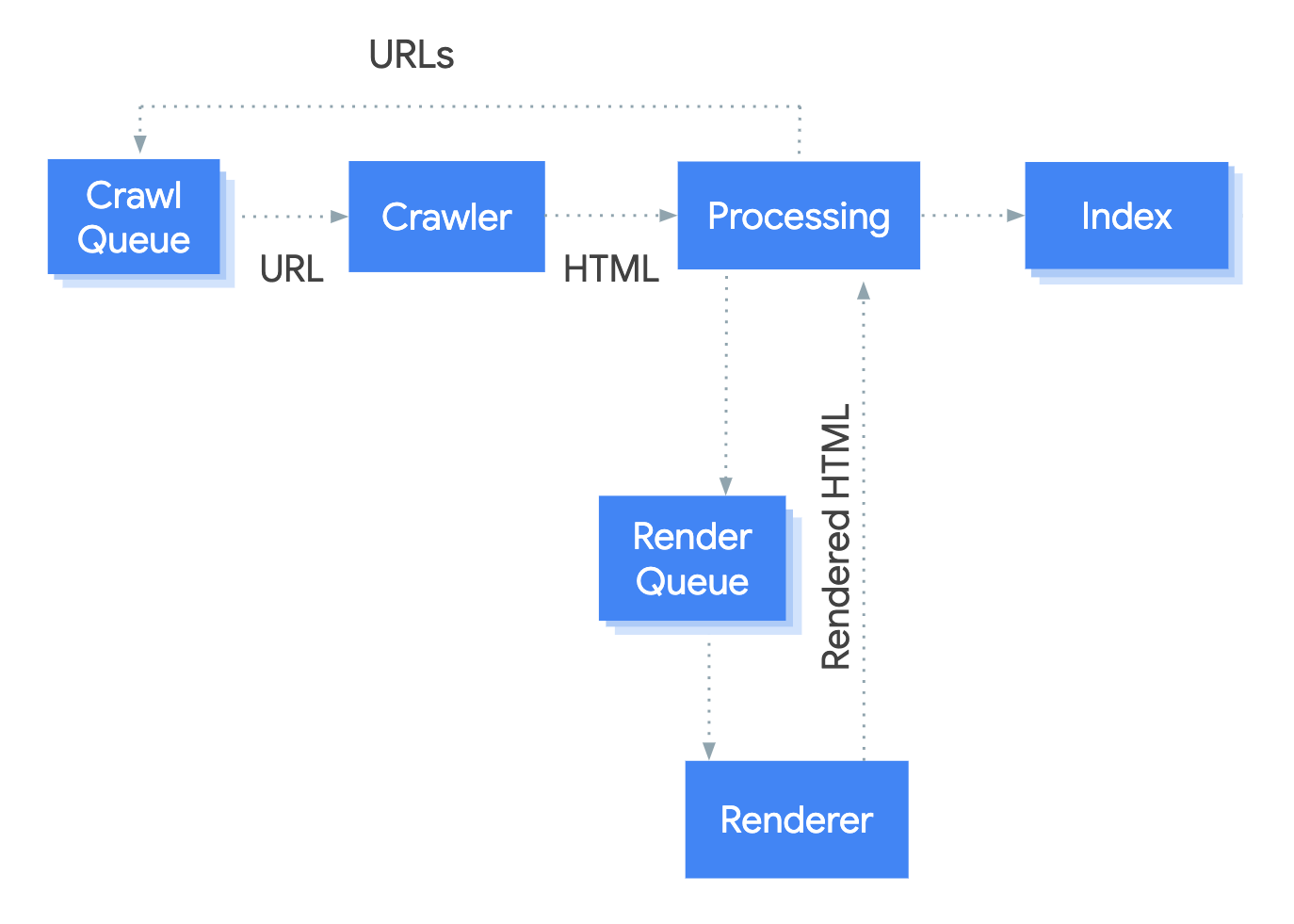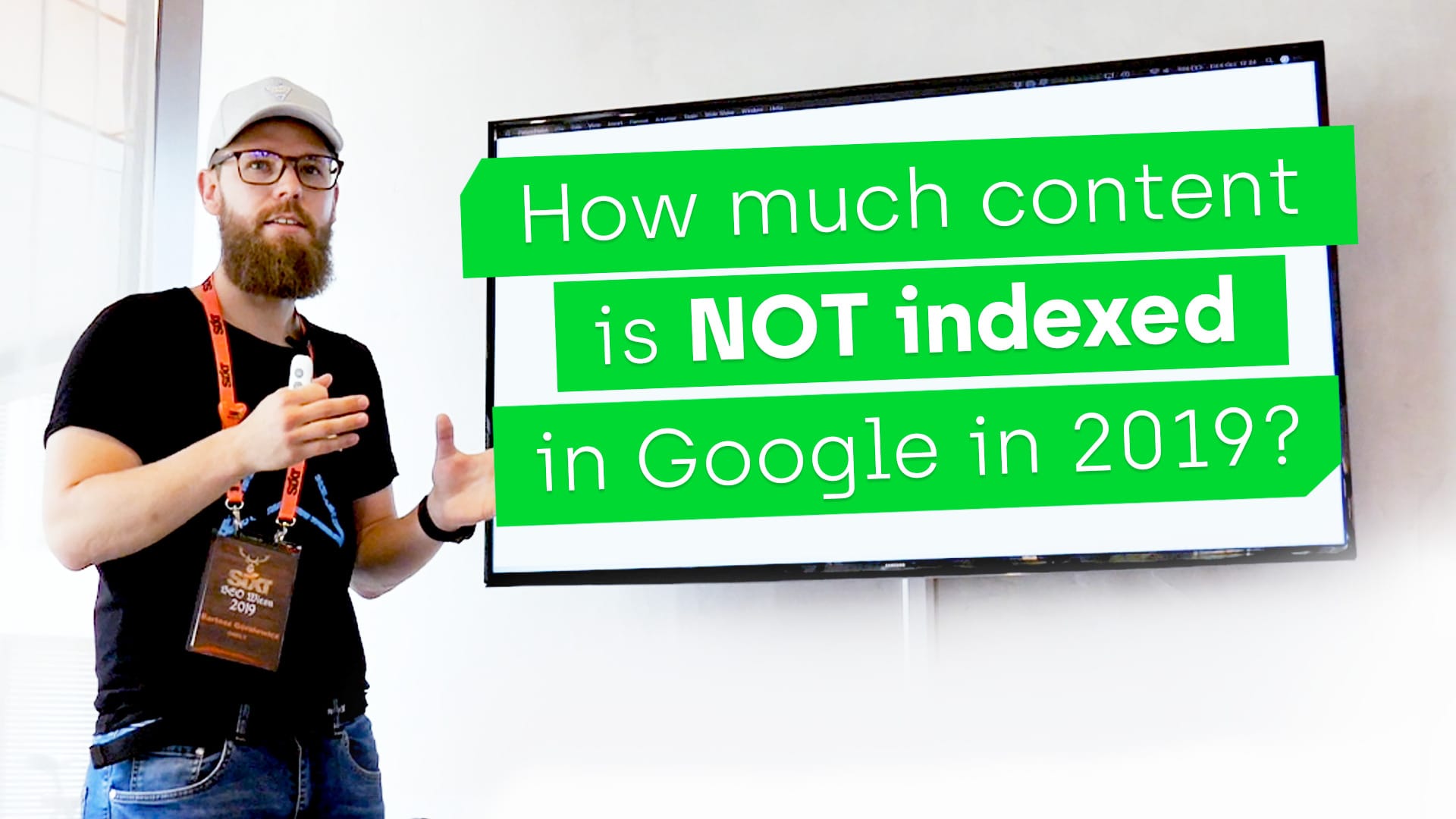In the SEO community, it’s no secret that search engines can’t be relied on when it comes to JavaScript. Because it’s so resource-consuming to render, even Google, the most technologically advanced search engine, can’t deal with crawling and indexing JavaScript-powered websites at scale.
But what constitutes a JavaScript-powered website?
Normally when you think of it, single-page apps built with React or Angular come to mind. These JavaScript frameworks offer unparalleled possibilities and are the ultimate playground for developers. But they’re a double-edged sword, as their flashiness makes the customers happy while their unpredictability is what SEOs fear most.
Google indexes web pages in two waves, dealing with the easily accessible HTML first, and rendering JavaScript after the resources become available. That’s why SEOs, setting out to maximize their clients’ potential search visibility, usually advise against using single-page apps that fully depend on the rendering of JavaScript.

And while Googlebot has been updated to evergreen and should now be technically able to render the most advanced JavaScript libraries, there’s still the issue of two-waves indexing.
Because of this, we realized at Onely that the current established definition of a JavaScript-powered website is way too narrow, which can profoundly impact JavaScript SEO.
Large Domains Continue to Over-rely on JS
Many haven’t realized yet that a lot of websites that you wouldn’t necessarily think of as “JavaScript-powered” may still suffer from JavaScript-related issues.
Would you say that BBC, for example, has a JavaScript-powered website? Probably not – it only depends on JavaScript for its visual appeal, as all the main content is placed in the initial HTML file.
But when JavaScript is executed, users from outside the UK are redirected from bbc.co.uk to an entirely different domain. That is true not just for the homepage but for the entire domain! The consequences of this from the SEO standpoint are hard to even fully grasp.
The same could be said of IKEA.com. The “similar products” sections on their product pages are injected with JavaScript, so when Googlebot doesn’t have the resources to render it, the links to related products won’t be found.
On average, as we have discovered, these links are only indexed after about 7 hours from being published. 35% of those links are still not indexed after one month. This is bound to influence crawlability and website architecture.
As the BBC example shows, JavaScript isn’t only used to build dynamic, visually compelling websites. Instead, webmasters use it to automate away the tedious aspects of building large domains, like writing page titles and meta descriptions, injecting links, or automatically redirecting users based on their location.
Our research shows that as much as 80% of the most popular e-commerce domains depend on JavaScript to generate crucial parts of their product pages. If you have doubts about your website’s JavaScript dependency, contact us for a thorough JavaScript SEO audit and make sure technical SEO issues aren’t holding you back.
What We Mean When We Say JS Powered Websites
From an SEO standpoint, any website that uses JavaScript, particularly at scale, should be considered a JavaScript website.
If it seems like an overstatement to you, I encourage you to follow our updates on the research we’ve been conducting. You’ll be surprised to see how much “traditional” websites rely on JavaScript these days. And in the meantime, you can take a closer look for yourself by using our WWJD (What Would JavaScript Do?) tool.

Wrapping up
If Onely has established one thing over the last six months, it’s that JavaScript SEO isn’t going anywhere; in fact, it’s going to get even more technical as we move forward. And this will require SEOs not to confuse the forest for the trees in their approach to what constitutes a JavaScript website and recognize that the “JS problem” potentially affects all websites.









